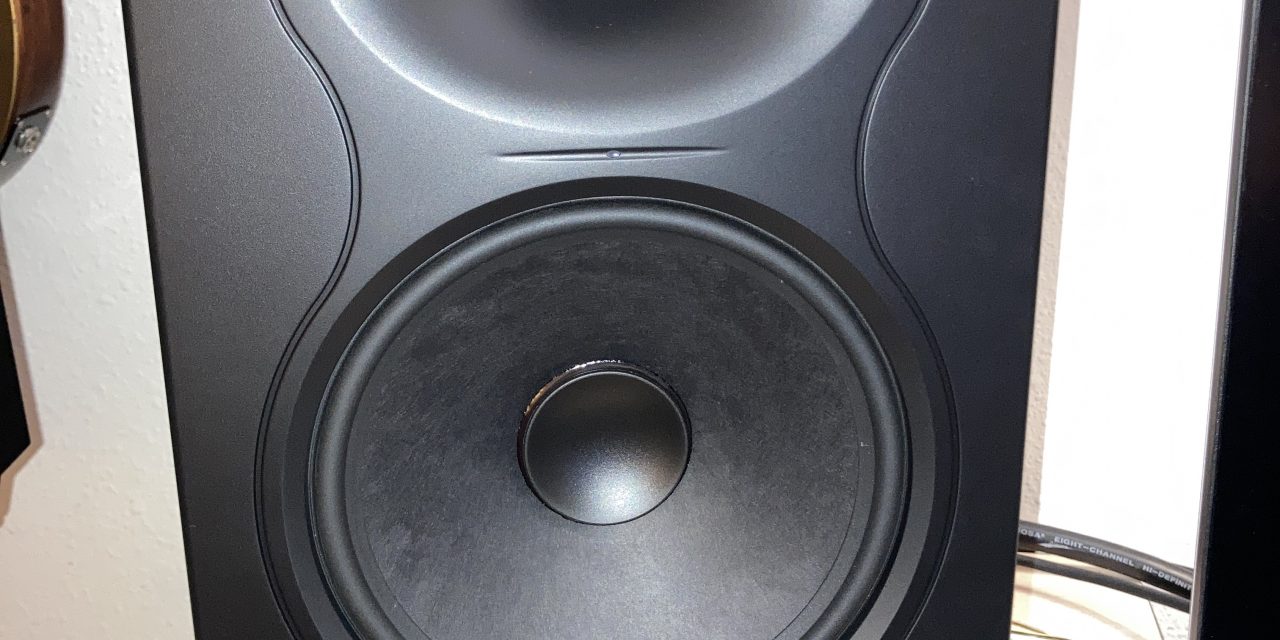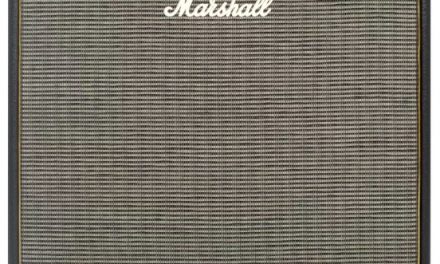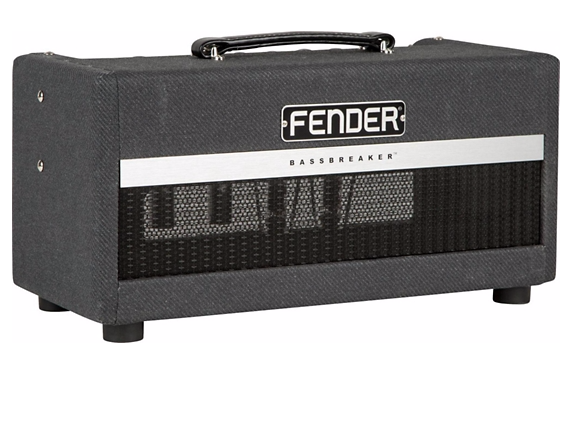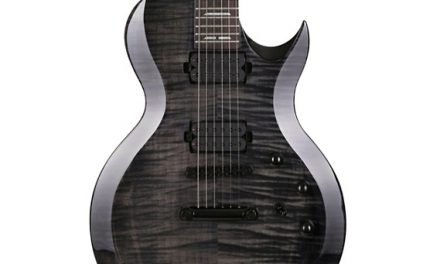Kali Audio is a California-based company that makes powered monitors for studios, and they’ve created a lot of buzz. The original LP-6 and LP-8 monitors were highly regarded in their price range, but they did have some issues. Kali fixed those issues and delivered the V2 versions, and they’ve been doing well – critics love them, YouTubers love them, and owners love them.
Why, then, was I able to recently get a pair for 20% off on Amazon? And it wasn’t just Amazon – everyone had them marked down by 20%. I don’t know. Unfortunately, they’re likely to go back up on 10/19/22, so the window to get them cheaper is almost closed. I paid $400 a pair – soon they’ll be $500 a pair. But even at $500 a pair, I think they’re the best powered monitors in their price range.
The Good
The LP-8 V2 sounds, well, flat. They’re not hyping anything. I’ve seen some reviewers talk about a slight hump in the lower midrange, but I’m not hearing it. I think maybe one “important” reviewer said it, and the rest thought they should include it in their review. Then again, I don’t have golden ears and I can’t hear the difference between brands of 9 volt batteries in pedals. When you mix on the LP-8 V2 monitors, you’ll hear a fairly flat frequency response, and if you’ve got anything missing or boosted too much, you’ll hear it. That’s what you want out of monitors. Make it sound good and even on these, and your mix will translate well. Hype things on these, and your mix may be too hyped on consumer speakers.
Let’s talk about the low end. It’s definitely there, unlike my old fashioned Alesis Monitor One speakers from 30 years ago. Mixes that sounded fine on the Alesis speakers now contain a boominess on the Kali speakers, which is good – the room I mix in is a square bedroom, and the bass tends to build up. Which I now hear more accurately. I’ve some some additional room treatment I need to do.
Tuning the Speakers
The Kali speakers have dip switches on the back that apply different EQ curves based on the position of the monitor in your room. There’s also a bass and treble boost and cut, which are designed to handle rooms where the low and high frequencies build up or deaden too much. I used Kali’s recommended settings and a slight bass cut to get my monitors as close to flat in the room as I could.
Kali vs. KRK
I like the KRK speakers. They do have better on-board EQ processing, and can calibrate themselves, which is magical (not all KRK speakers have that feature, so read the fine print before buying.) Let’s get this out of the way – the KRK Rokit speakers sound better (to many) than the Kali LP-6 or LP-8. So why wouldn’t you buy the better sounding speaker? After all, you have to spend a lot of time listening to them.
The answer, to me, is that you want the speakers that will give you a true interpretation of your music. You don’t want speakers that hype certain frequencies. That said, I’d have bought the KRK speakers if the Kali speakers didn’t exist. You can learn to mix on any speakers. With the KRK speakers, you need to learn how they’re coloring your mix and how to compensate. I’m at the point where I’d rather avoid that step if I can.
Kali LP-6 V2 vs. LP-8 V2
How do you know if you should get the 6 or the 8? The 8 has better low end and is more expensive. In my opinion, it comes down to budget. The LP-6 V2 is a great speaker. You may or may not need a sub with it. The LP-8 V2 is a great speaker. You don’t need a sub with it.
The Bad
If you haven’t spent any time listening to expensive monitor systems that are designed to be flat, the Kali speakers might sound a little dull or thin to you. Remember, the point is to make a mix that translates everywhere. You’re not trying to just please yourself – you need a mix that works to make everyone happy, which includes some bluetooth speakers and headphones that boost the low end.
The Ugly
Do not delve too deeply into things like THD. These are budget monitors which are bi-amped. They’re not going to give you the sound of a ten thousand dollar pro system. People want these speakers to be “just as good” as systems costing four figures. They’re not. They’re the closest thing to flat that you can afford at $500 a pair. And there’s nothing wrong with that. Here’s the kicker: if you have clients who come into your studio, you’re not going to blow them away with these. You need to have a separate set of “crowd pleasers” that you can crank up, where your clients can feel the kick drum in their chests. But honestly, no speakers will do that in this price range. Just keeping it real.
Conclusion
If you can handle the truth about your mix, the Kali monitors will deliver. No hype, no BS. Make your mix sound good on these, and it’ll translate. But I’d strongly encourage anyone with monitors to listen to a LOT of reference tracks on them and get used to the sound. Then try to make your mixes sound like the reference mixes. I can very much recommend the Kali LP-8 V2 monitors to anyone who has $500 to spend on a pair of powered monitors. I think they’re great.





